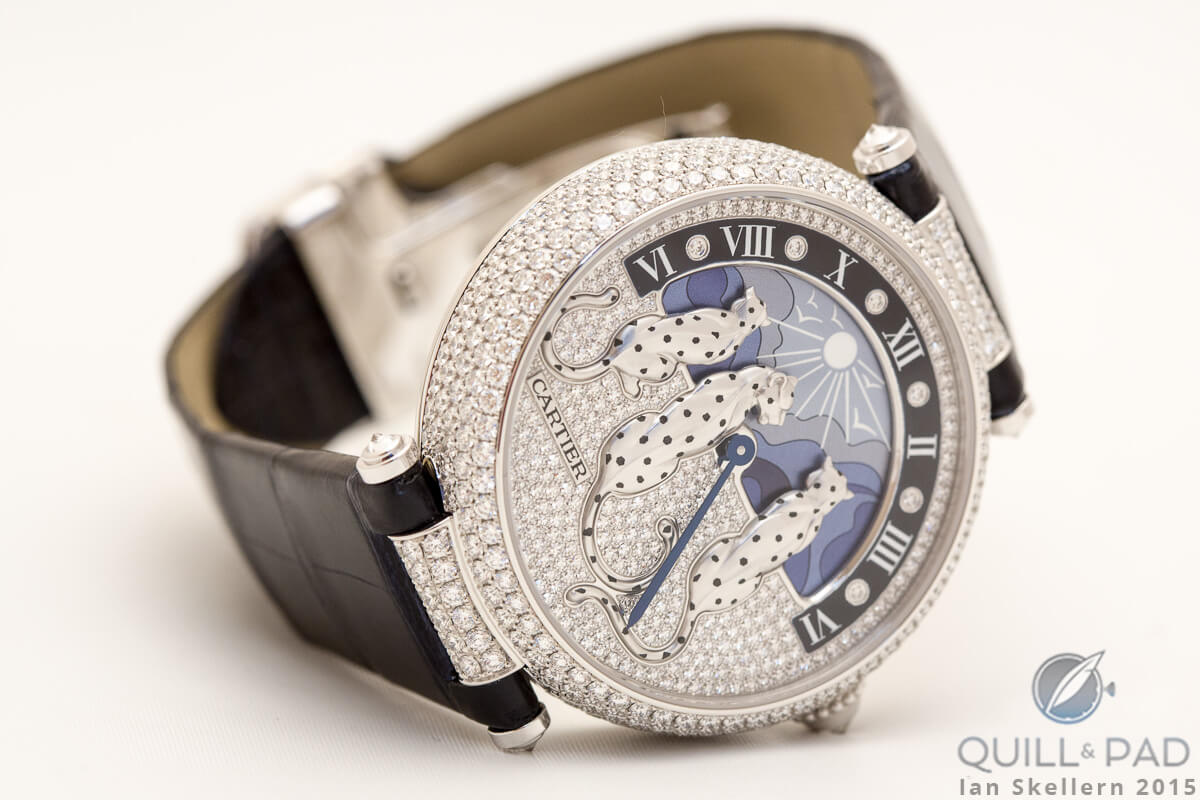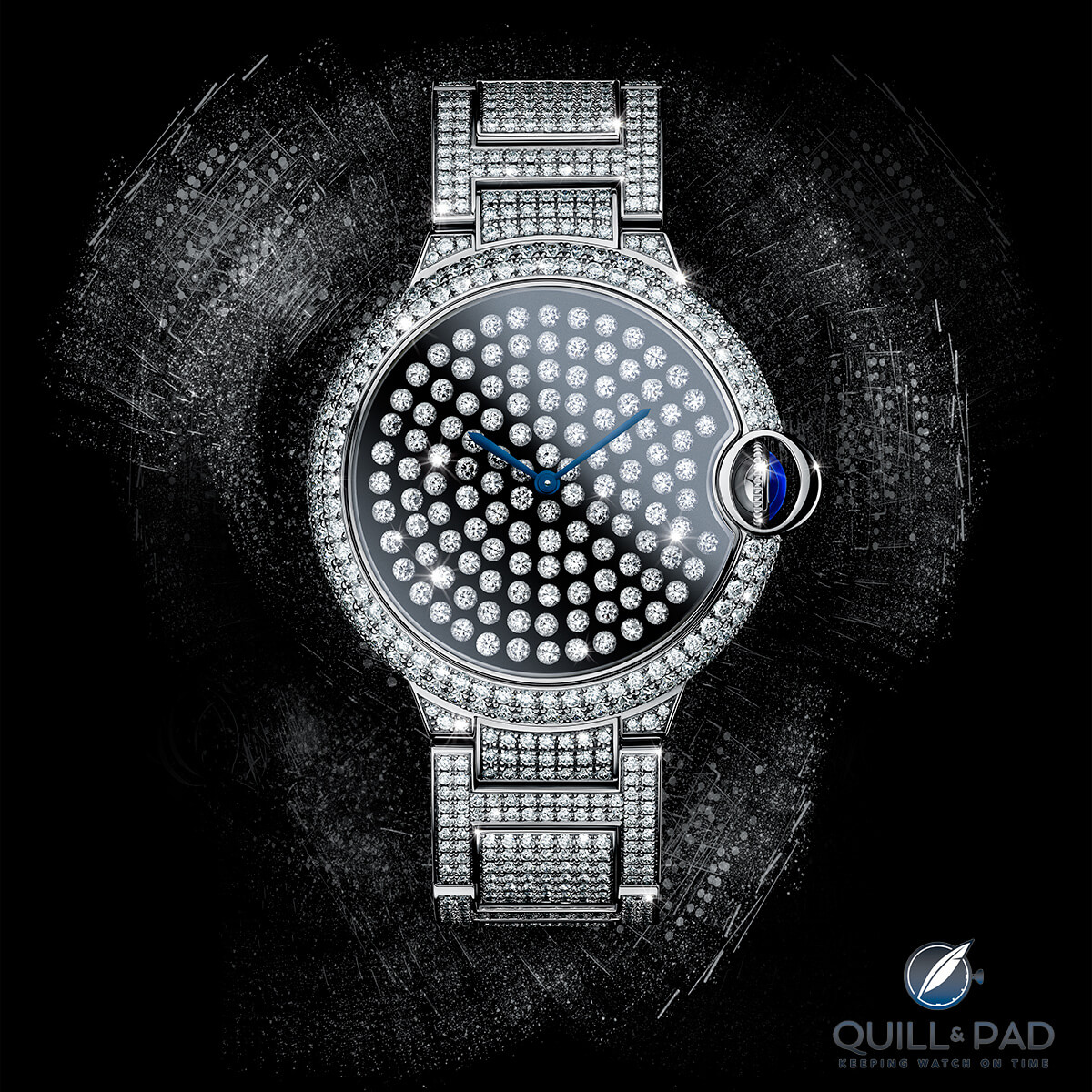Diamonds are a girl’s best friend! At least that is what they say. And by “they,” I mean the advertising machine that has turned diamonds into an ultra-rare commodity despite the fact that one of the main diamond mines in Botswana unearths up to 15 million carats per year, with an expected global production of mined diamonds reaching 135.5 million carats in 2015. That’s around 27 tonnes (30 tons) of new diamonds in a year!
Considering that the vast majority of them are pretty tiny, it doesn’t sound like they are as rare as we may have previously thought.
Nevertheless, they are still amazing natural creations of heat and pressure that result in some interesting physical attributes. Diamonds remain the hardest of any bulk material (though a few recently discovered materials do edge out diamond in total hardness, namely fullerite and wurtzite (boron nitride), and they boast the highest thermal conductivity (though, again, some new man-made materials do edge it out in the lab such as graphene and boron arsenide; dang progress).
The sheer beauty of this gemstone makes it very desirable for the jewelry industry while its physical attributes make it essential to a host of other less glamorous industrial applications.
We could talk about the use of diamond for grinding, cutting, polishing, or as a heat sink; but really, that’s not why we are here. We are here because diamonds sparkle like almost nothing else on earth. That is why they are still so valuable.
That sparkle is also why the way the diamond is presented is critical to the intended effect of razzle-dazzle we all love so much. Ooh, sparkly and shiny!
For this reason, people have been experimenting with setting techniques for a long time, and a few examples have become part of jewelry canon. But Cartier has developed a new setting inspired by an old setting that looks to change the options available. That setting is called the vibrating setting, and it made its debut at SIHH 2015 with the Ballon Bleu de Cartier Serti Vibrant watch.
Wow!
A headline and a statement all rolled into one, that is the first thing I uttered when I laid eyes on this watch (see above). But it also made me immediately curious as to how Cartier accomplished it. The dial shimmers as 123 individual diamonds move along with the motion of your wrist, separately and subtly.
Cartier has multiple patent applications covering different aspects of this new setting, which means for me that exact information was, of course, limited. So I had to learn more about settings to understand why this was special and how it might have been achieved.
The most common diamond setting technique (aside from the prong setting you might recognize on a wedding ring) is the bead setting. This is a general term used for a stone placed directly into the metal using gravers (or burins). For this setting, a recessed hole the size of the stone is cut with a ball bur and then the stone in placed into the opening.
A sharp graver is then used to form a small lip in the metal (usually at four places) near the edge of the stone to hold it in place. Then a beading tool that has a concave dimple on its end is used to smooth and round over the lips and increase the pressure on the stone. This creates the typical miniature bead shapes you see surrounding the diamond.
When multiple diamonds are placed in rows using this technique it becomes a pavé setting; this is the setting used in the Serti Vibrant to cover the entire case, bezel, and bracelet with gemstones. Almost 1,200 diamonds (1,195, actually) are set using the bead pavé technique for a total of about 12.2 carats.
This technique has also been experimented with by others to create snow setting – Jaeger-LeCoultre has been a pioneer here and was the first to use snow setting in watchmaking – and the very new “chaotic” setting. But those glorious examples are (sadly) for another day.
Oldest and strongest
Another type of setting that has been featured on most other Cartier timepieces as well as this one is bezel setting. This actually has nothing to do with the bezel of the watch, but they share the same origin of definition. A bezel setting is a solid ring surrounding a stone, holding it securely around the entire crown and outer girdle of the stone.
In the case of the Serti Vibrant (and pretty much all the other Cartier watches) this setting is proudly, and sort of characteristically, used on the crown to hold a cabochon or faceted stone.
This type of setting is the most secure and considered the original stone setting, which explains why it is used for such an unprotected, vulnerable stone placement. Though in the case of the Serti Vibrant the crown is actually well protected thanks to the domed oval crown guard.
Other types of settings do exist, but were not used in this piece. These specifically include flush setting (the stone is placed in a hole in the metal and the edge is burnished to hold the stone with no apparent edge or lip); channel setting (where a row of stones is suspended between two strips of metal with channels notched into them); and tension setting (where a stone is squeezed into a section of a ring and is held in tension by the spring force of the ring band). These all provide different ways to hold a stone.
Yet with all of the previously mentioned settings, we don’t immediately see how the heck that incredible dial was accomplished.
Old school meets new
And this is where we have to start piecing things together. Cartier states that the vibrating setting was inspired by a technique and setting introduced in the late nineteenth century called the trembling setting. This technique sees a stone (or other decorative element) set en tremblant (French for “to tremble”), which usually meant the stone or another element was attached to a trembler, a piece of wire or spring that allowed the setting to move freely.
In some basic examples, gold and silver balls were mounted on long thin wires that allowed them to move and tremble, which led to the next obvious step: mounting precious stones. In these more complex examples, a large stone (and accompanying mount) was affixed to the end of a post that was allowed to pivot. Around this post was placed a spiral spring designed to keep the post centered. Of course the spring was made just weak enough that the stone could wiggle and “tremble” while not just dangling loosely.
I queried Cartier on this, and the brand’s representatives could only say (remember, multiple pending patents) that the setting was based on metallic rods and springs. Aha! Well, only sort of. While this does provide a somewhat clear assumption of the general idea, it does not define exactly how it is done. So here goes my guesstimate.
Time for “guess the method!”
Caveat: This is only a guess. Until the patents are accepted and the design can be made public, this is not definitive by any measure. So don’t quote me. Seriously, don’t.
I think that the 123 stones are mounted on the end of miniature steel rods, probably about two millimeters long, that have small rounded ball shapes on the bottom. These can act like a ball and socket joint with a mating plate. I think they are captured between two thin plates, which do not clamp them firmly in place, but allow them to pivot freely on the ball. Then, I think 123 small hairsprings are affixed to the top plate around the rods holding the stones. They are either cone-shaped (with the center of the spring being centered on the rod and not actually attached to it) or are mounted midway up the rods and affixed in a groove or slot in the rod to maintain the connection. Both of these methods would allow for the rods to move against the springs while allowing the springs to try to return them to their upright and centered position.
I think this could be how this is accomplished based on how a similar setting was historically accomplished and given what the effect looks like in person. But I don’t know for sure, though I have some other ideas about it if my first guess is wrong.
But I am also very excited to learn the full story behind this setting someday since I have now played the “What If?” game. Though some of you may have noticed the one glaring omission to my proposed solution: how is the stone actually attached to the rod in the first place?
This is something that I feel one of the patents must deal with specifically because unless the stones are simply affixed with an adhesive (which I feel is not highly likely), then I cannot think of a setting style that would provide the appearance of floating diamonds like the ones that make up the dial of the Serti Vibrant.
There seems to be nothing actually holding the stone from an edge or a ledge under the crown and outer girdle, which I imagine would change the way light reflects off the stone anyway.
This may end up being a puzzle quest for me because finding out how things work is one of my greatest personal pleasures. And when it comes to something as fabulous as this piece, it simply cannot be overlooked for long. I know many would disagree, but this is a watch I would wear.
Actually, I want it in a plain white gold or even steel case, with the only diamonds on the dial to focus on the effect even more and highlight the incredible setting.
So instead of ending with a breakdown or a Nerd-Writer Quotient, I want to pose a question to the engineering/jewelry nerds out there: how do you think Cartier pulled off this dial? Or, even, how would you do it?
Now put your thinking caps on and post your ideas!
For more information, please visit www.cartier.com.
Quick Facts Cartier Ballon Bleu Serti Vibrant
Case: 42 x 14.05 mm, diamond pavé-set, rhodium-plated white gold
Movement: manually wound Caliber 430 MC
Functions: hours, minutes; vibrating diamond dial (okay, we’ll call it a visual function)
Limitation: 20 pieces
Price: $250,000






























































Trackbacks & Pingbacks
[…] These diamonds, and their settings, take us into another realm of working with stone that is an art in itself. The traditional stone settings are impressive, and I gave a rundown of some of the main ones in my story Rods, Springs, And Palpitating Diamonds: The Ballon Bleu de Cartier Serti Vibrant. […]
[…] It’s no secret that the Ballon Bleu has been quite a success for Cartier. It not only pleased the existing customer base, it has also appealed to quite a few clients new to the brand with a collection ranging from the understated Ballon Bleu Extra Flat to the no-holds-barred Serti Vibrant (see Rods, Springs, And Palpitating Diamonds: The Ballon Bleu De Cartier Serti Vibrant). […]
Leave a Reply
Want to join the discussion?Feel free to contribute!